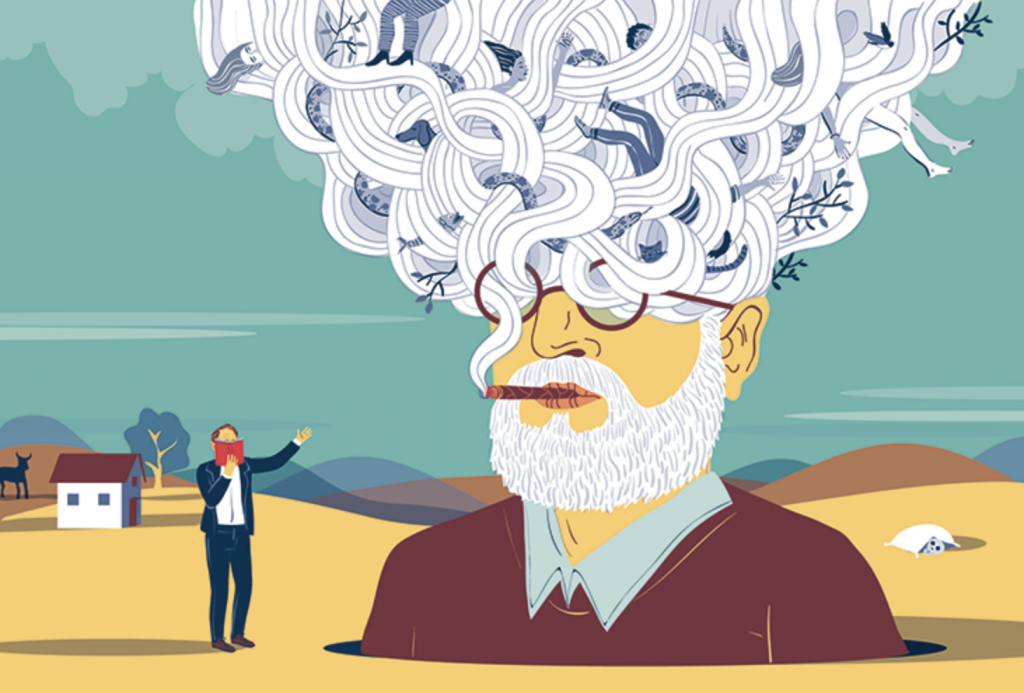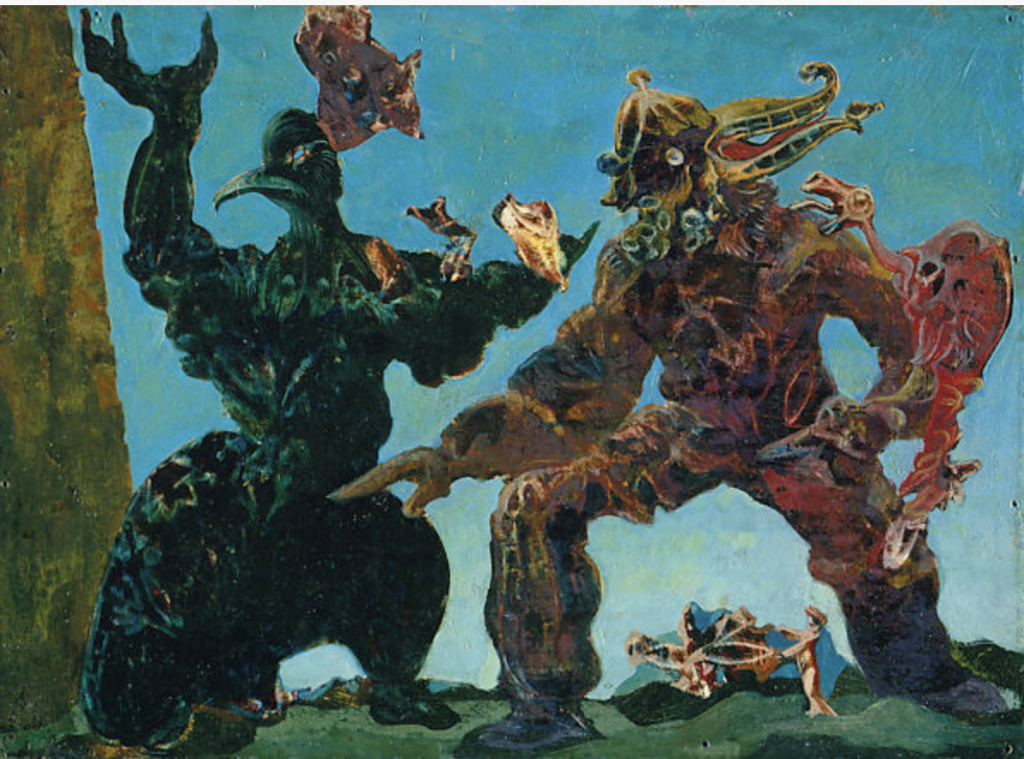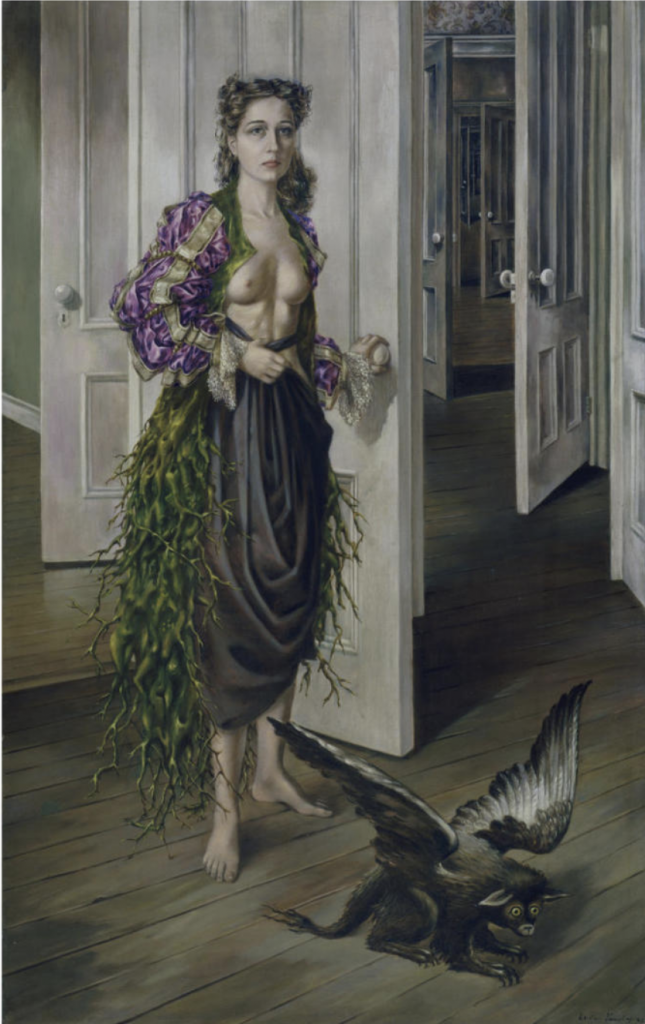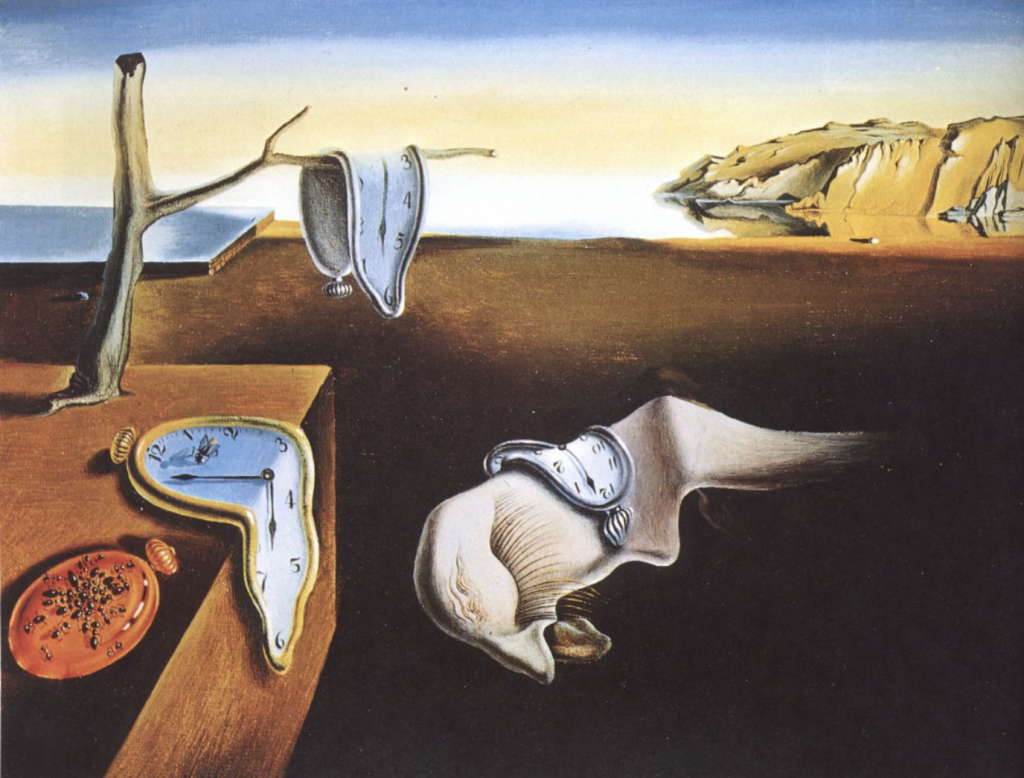
1921
With the release of ‘The Interpretation of Dreams’ in 1899, Sigmund Freud introduced a whole new unexplored portion of the mind that the average person was not aware of. Freud truly shifted everyone’s perspective of how the mind worked.
One of the most impactful results that came out of the release of Freud’s book was the general public finally gaining a better understanding of mental health and how dreams can be connected to forms of mental illness. Prior to the release of Freud’s book, the general public were under the belief that mental illness was nothing more than a disease or some sort of tumour that ate away at the brain and could be dealt with by just cutting it out of the body. ‘The Interpretation of Dreams’ was an introduction to how the dreams that many of us experience have underlying meaning to our unspoken desires and unspoken truths in our life.

With that, I can’t help but disagree with Freud’s statement. Freud analyzed himself and only himself for a whole two years and didn’t begin to analyze other people until after he was finally finished with the dissection of his own brain that he studied. This means that many of the desires that he has described that are reflected in dreams are mainly his own desires that he implemented and assumed that every other person desires as well, which of course is not the case.

1937
‘The Interpretation of Dreams’ was also a catalyst for the surrealist art movement. The book nor Freud are credited when discussing the art movement today, but he definitely aided in the movement’s birth. The theories that came out of dreams sparked interest in artists who were determined to break the barriers that surround fine art. Artists such as Max Ernst, Salvador Dali and Dorothea Tanning took these visions from their subconscious and displayed them onto their canvases for the world to see.

1942
Thanks to the surrealist movement and the painting and visual dissection of many artists’ dreams, this directed me into the dream realm of visual arts. Many of my paintings from when I was in high school were inspired by dreams that had impacted me. In some strange way, I can’t help but be glad that Freud impacted the art world so greatly because I thoroughly enjoy discussing dreams with other people and have a love for drawing my dreams out.
Although some of Freud’s beliefs and theories of the mind did not age well, such as his belief that only men can have homoerotic behaviour and if two women display behaviour of such kind, it is deemed as a form of mental illness. Along with that theory, there were many others that really don’t make sense at all.

Freud made a huge impact and improvement in the field of psychology. His interpretations of dreams, although not accurate for every person, delved into the forms of mental illness and trauma and made it easier for the public to understand rather than be disgusted by. Psychoanalysis also thoroughly impacted the world of art and aided artists in displaying and exploring the unknown portions of the mind. All in all, Freud’s ideas still impact us today, for better or for worse.
Citations:
https://www.frontiersin.org/articles/10.3389/fpsyg.2018.01553/full
https://learningenglish.voanews.com/a/a-23-2008-11-17-voa1-83136897/128621.html
https://gdc.net/education/scholarships/jim-rimmer
https://www.verywellmind.com/the-interpretation-of-dreams-by-sigmund-freud-2795855
Leave a Reply
You must be logged in to post a comment.